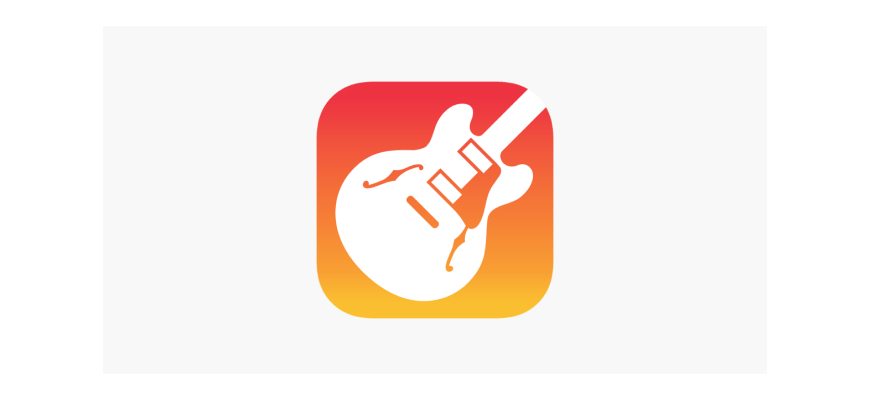- Antivirus
- Photo & Video
- Programming & Design
- Office Management
- Other

In today’s world, music production has become more accessible than ever before, with various software and applications available for creating, editing, and sharing music. One such popular application is Garageband, developed by Apple Inc. This Garageband review will delve into the details of the application, including its features, pricing, customer support, pros and cons, and ultimately provide a well-rounded conclusion to help you decide if Garageband is the right fit for your music production needs.
Garageband is a digital audio workstation (DAW) application designed for macOS and iOS devices. It offers a comprehensive suite of tools and features that enable users to create, edit, and produce music. Garageband comes pre-installed on Apple devices, making it a popular choice for beginners and professionals alike. Its user-friendly interface and extensive library of built-in sounds, loops, and instruments make it an ideal platform for musicians, podcasters, and content creators who wish to produce professional-quality audio.
The application supports a wide range of audio formats, including MIDI, MP3, and WAV, allowing users to import and export their tracks with ease. Additionally, Garageband is compatible with third-party plugins, offering flexibility and customization options for users to enhance their music production experience. With its seamless integration with other Apple products, Garageband users can easily share their creations with friends and family or upload them to various music platforms.
To begin using Garageband, simply launch the application on your macOS or iOS device. Upon opening the app, you will be prompted to select a project type, such as “Empty Project,” “Songwriter,” or “Electronic.” Choose the appropriate option based on your music production goals.
Once you have selected a project type, you will be taken to the main Garageband workspace. This area consists of tracks, where you can add and edit various audio recordings and MIDI regions. To add a new track, click on the “+” icon located in the upper-left corner of the workspace.
Garageband offers various options for recording audio. You can record live instruments using a microphone or line input, or you can use the built-in virtual instruments and loops to create your desired sound. To record a live instrument, simply select the “Audio” track type and connect your microphone or instrument to your device. Then, click the red record button to begin recording. You can also use the built-in metronome to help you stay in time during your recording.
Once you have recorded your audio, you can edit it using Garageband’s various editing tools. These include cutting, splitting, and trimming audio regions, adjusting volume and pan settings, and adding effects such as reverb or compression. You can also utilize Garageband’s automation features to create dynamic changes in your audio tracks over time.
When you have finished creating your music project, you can export it in various formats, such as MP3, WAV, or AIFF. To export your project, click on “Share” in the menu bar and select “Export Song to Disk.” Choose the desired format and quality settings, and Garageband will save your project as an audio file.
You can also share your project directly to various platforms, such as iTunes, SoundCloud, or YouTube, by selecting the appropriate option from the “Share” menu.
Garageband is a free application that comes pre-installed on macOS and iOS devices. This means that there are no additional costs or subscription fees associated with using the software. However, users may choose to purchase additional sound packs, loops, and instruments through the Garageband in-app store. These packs can range in price, typically costing between 4.99, depending on the content.
As mentioned earlier, Garageband is a free application for macOS and iOS users. However, there are additional features and content available for purchase within the app. This includes sound packs, loops, and instruments, as well as third-party plugins that can enhance your music production experience.
While the base application offers a comprehensive suite of tools and features, these additional purchases can provide users with a more diverse range of sounds and capabilities. It is worth noting that these purchases are optional and not required to use Garageband effectively.
Garageband offers various forms of customer support for its users. The Garageband Help menu, accessible within the application, provides detailed instructions and guides on how to use the software’s features and functions. Additionally, the Apple Support website offers a dedicated Garageband support section, featuring articles, tutorials, and troubleshooting tips.
Users can also seek assistance through the Apple Support community forums, where they can ask questions and receive answers from fellow Garageband users and Apple support representatives. For more personalized support, users can contact Apple’s customer service via phone, chat, or email.
In conclusion, Garageband is a versatile and user-friendly application for music production on macOS and iOS devices. Its extensive library of built-in sounds, loops, and instruments, as well as its compatibility with third-party plugins, makes it a viable option for beginners and professionals alike. Additionally, its seamless integration with other Apple products and free cost make it an accessible choice for music production.
However, Garageband’s limited compatibility with external hardware and less advanced feature set may not be suitable for all users. The in-app purchases required for additional content and features may also add up in cost over time. Nonetheless, Garageband remains a popular and reliable choice for music production on Apple devices.
If you are a beginner or looking for an affordable option for music production, Garageband may be the perfect fit for you. However, if you require more advanced capabilities or compatibility with external hardware, you may want to consider other options. Overall, Garageband’s intuitive design and comprehensive toolset make it a valuable addition to any musician or content creator’s toolkit.